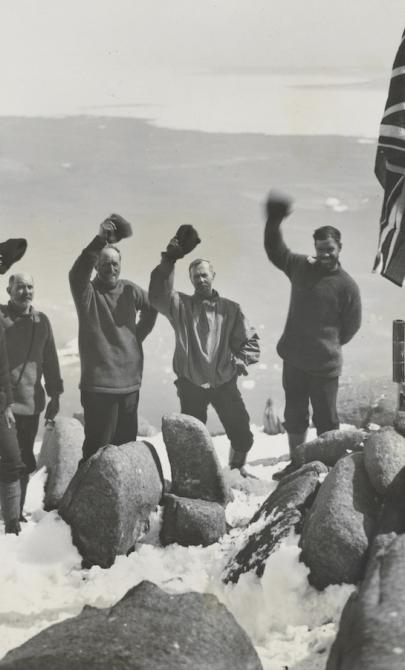The legend and legacy of James Cook
About this module
Using an inquiry-based approach, this module develops students' skills as historians through engaging historical sources. Featuring sources from the National Library's collections, the resource caters for flexible approaches to suit diverse classroom contexts and learning styles.
Copyright for teachers
You can download all collection materials in this resource for education purposes. For more information, go to copyright for teachers.
Topics and learning activities
This module covers 5 key topics.
Each topic includes an introduction to key concepts, links to key resources in our collection and a series of learning activities that cater for a variety of classroom contexts and learning styles.
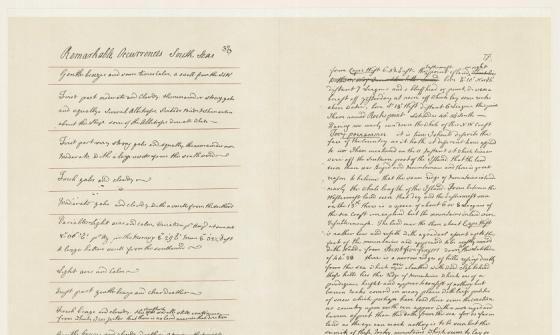
James Cook, Excerpt from Captain James Cook's Journal of the H.M.S. Endeavour, Friday, 23rd March, 1770, nla.gov.au/nla.obj-2354391495
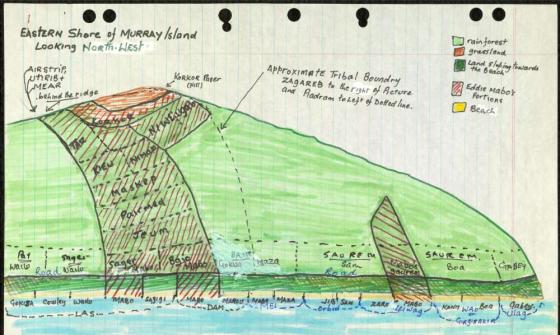
Supreme Court and Australia High Court (1981) Papers of Bryan Keon-Cohen [manuscript]: the Mabo case, 1981-2000, nla.gov.au/nla.obj-224081463
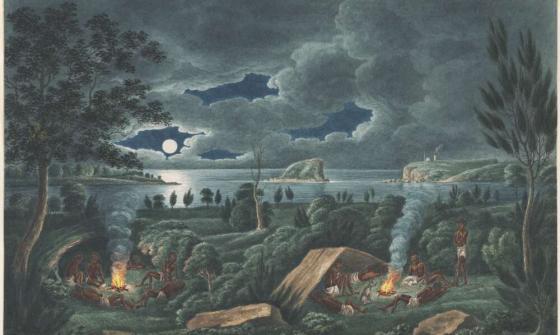
Joseph Lycett, Aborigines resting by camp fire, near the mouth of the Hunter River, Newcastle, New South Wales, 1817, nla.gov.au/nla.obj-138500420
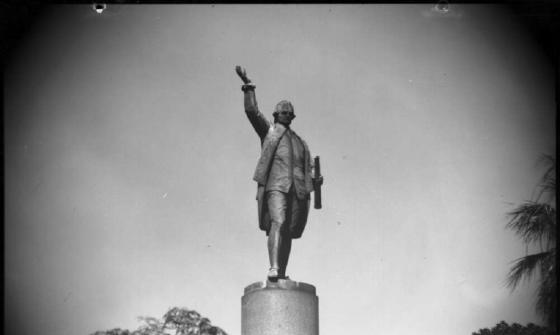
Frank Hurley and Thomas Woolner, Captain Cook's Statue, Hyde Park, Sydney, 1, 1910, nla.gov.au/nla.obj-160162538
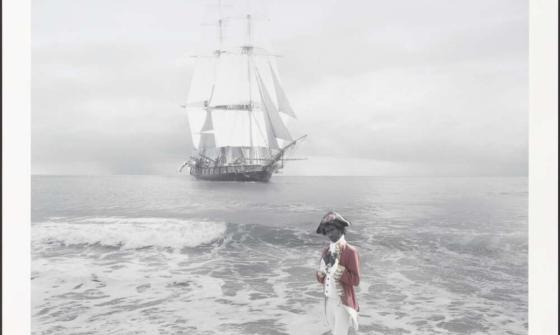
Michael Cook, Undiscovered #4, 2010, nla.gov.au/nla.obj-708299938
Curriculum links
This resource aligns with the Australian Curriculum: Modern History for Senior Secondary students. Specifically Unit 2: Movements for Change in the 20th Century.
The resource meets cross-curriculum priorities and promotes the use of historical skills such as analysis and use of sources, perspective and interpretations, and explanation and communication.
- The nature of the relationship of indigenous peoples with their land and their response to perceptions of, and feelings about, the arrival of the colonisers (ACHMH070)
- The basis on which the colonists claimed sovereignty and imposed control, including conquest, treaty and the doctrine of ‘terra nullius’; and the consequences for the legal status and land rights of Indigenous peoples (ACHMH071)
- The economic, political and social challenges and opportunities indigenous peoples have faced, including the role of cultural activity in developing awareness in society (ACHMH074)
- The achievements of indigenous peoples at the end of the 20th century, including the right to vote, land rights/native title, and attempt at reconciliation (ACHMH075)
- The continued efforts to achieve greater recognition, reconciliation, civil rights, and improvements in education and health (ACHMH076)
- The reasons for colonisation and how the country became colonised, including the different situations of the chosen countries, and the nature of those differences (ACHMH077)



